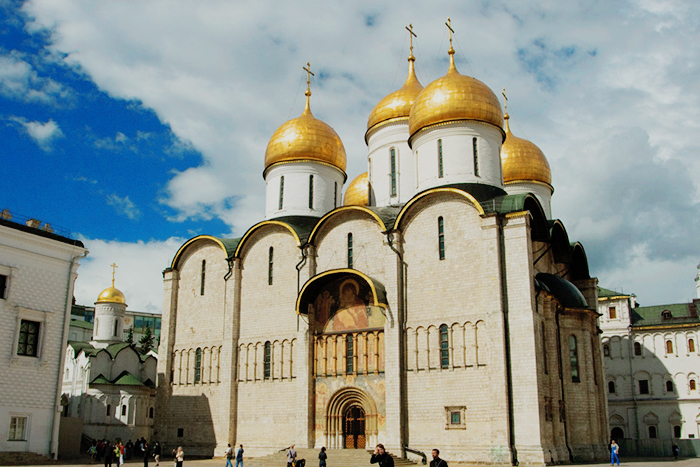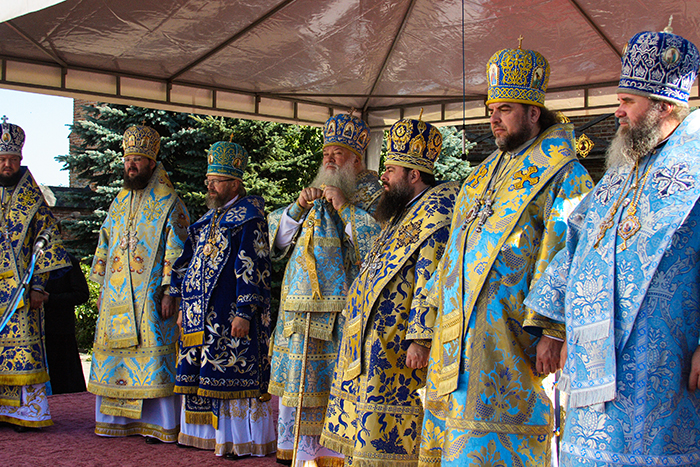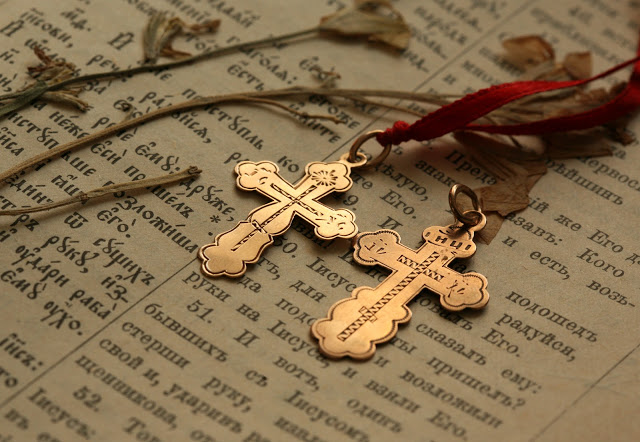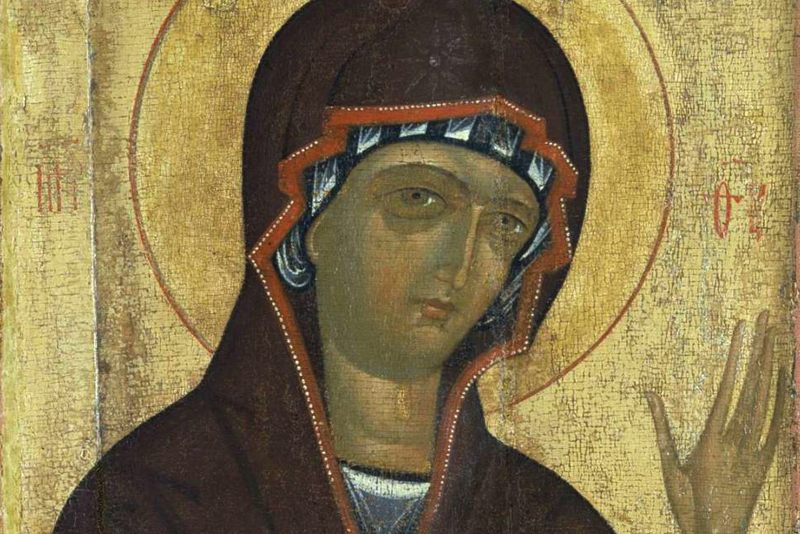
In my opinion, there are two dimensions to the interpretation of this phenomenon, namely cultural tradition and religious consciousness.
With regard to cultural tradition, it has been established from the very beginning of Christian church architecture in Russia. The first stone church in Kiev (the so-called Church of the Tithes) was dedicated to the Theotokos, although we have no information about the exact holiday of the Theotokos it was dedicated to. Anyway, the fact that this church was built in honor of the Mother of God is telling. It attests to the special attitude of the Russian people towards the intercession of the Mother of God. The main cathedral of Kievan Rus was called the Saint Sophia Cathedral, like the main cathedral in Constantinople. They built another cathedral in honor of St. Sophia in the second largest city of Kievan Rus, Novgorod, in the 11th century. I like to ask my students a tricky question: when do these cathedrals celebrate their patron saint’s days? What answers I have not heard! Over the past few years, there has been only one student who happened to give the right answer, “Possibly, on certain Mother of God holidays? Like, Dormition or the Nativity of the Mother of God… “* (See the editorial note).

Indeed, the Russian Saint Sophia Cathedrals have their patron saint’s days on the Nativity of the Virgin Mary (the church in Kiev) and on Her Dormition (the church in Novgorod). It is crucial for making sense of the tradition of church consecrations in Russia. After all, when Prince Andrey Bogolyubsky decided to move the capital from Kiev to Vladimir-on-the-Klyazma, what did he do? The first thing he did was to construct a stone Dormition Cathedral as the future main cathedral in Russia. His dream of Vladimir as the capital of Russia was not going to come true but when Moscow, one of the cities of the Vladimir-Suzdal Principality, became the Russian capital, it was the Dormition Cathedral that was built as the main church of Moscow Rus’. The continuity of dedication between the pre-Mongolian “quasi-cathedral” cathedral and the cathedral of the united Russian state is evident. The new country was no longer divided into principalities. Culturally speaking, it was no longer divided into art schools (icon painting or architectural), either. Now everyone and all were subordinate to Moscow; it set the political, cultural, and ideological trends. Therefore, they started erecting large cathedrals and small churches in all towns and villages, dedicating them to the Dormition of the Mother of God in the image and likeness of the Dormition Cathedral of the Moscow Kremlin. It seems to me that it is this desire for similarity, typical of medieval consciousness in general, that underlies the cultural core of the tradition of consecrating Russian churches in honor of the Dormition of the Mother of God.

As far as the religious aspect of such a wide proliferation of Dormition churches in Russia is concerned, I believe that the clue can be found in the words of the Troparion of the holiday itself, “…in thy dormition thou didst not forsake the world, O Theotokos.” This phenomenon is not restricted solely to Christian culture. Human beings in general feel that the deceased can provide some unique supernatural assistance for our earthly existence, which they could not provide while still alive. That is why the Orthodox pray to the saints and even to their dead relatives who could have allegedly pleased God and now have the courage to intercede with Him on our behalf… Perhaps that’s why the Russians have such a special attitude to the holiday of the Dormition of the Mother of God being the moment when the Mother of God was reborn as the protector of the Christendom and Christians. It is only in Her Dormition that the Most Pure One obtains the supernatural capability to help everyone on this earth who appeals to Her in prayer.
* Editor’s Note: Churches of Saint Sophia in Orthodoxy have always been dedicated to the Lord Jesus Christ – the Wisdom (Sophia) of God the Father. It was in Russia that Sophia and the Blessed Virgin Mary came to be equated, beginning in the 17th century. It became a tradition in Russian Orthodoxy to consecrate the churches in the Lord’s Name but celebrate their main feasts (patron saint’s days) on the days of the Mother of God.
Originally published by FOMA Magazine
Translated by The Catalogue of Good Deeds



